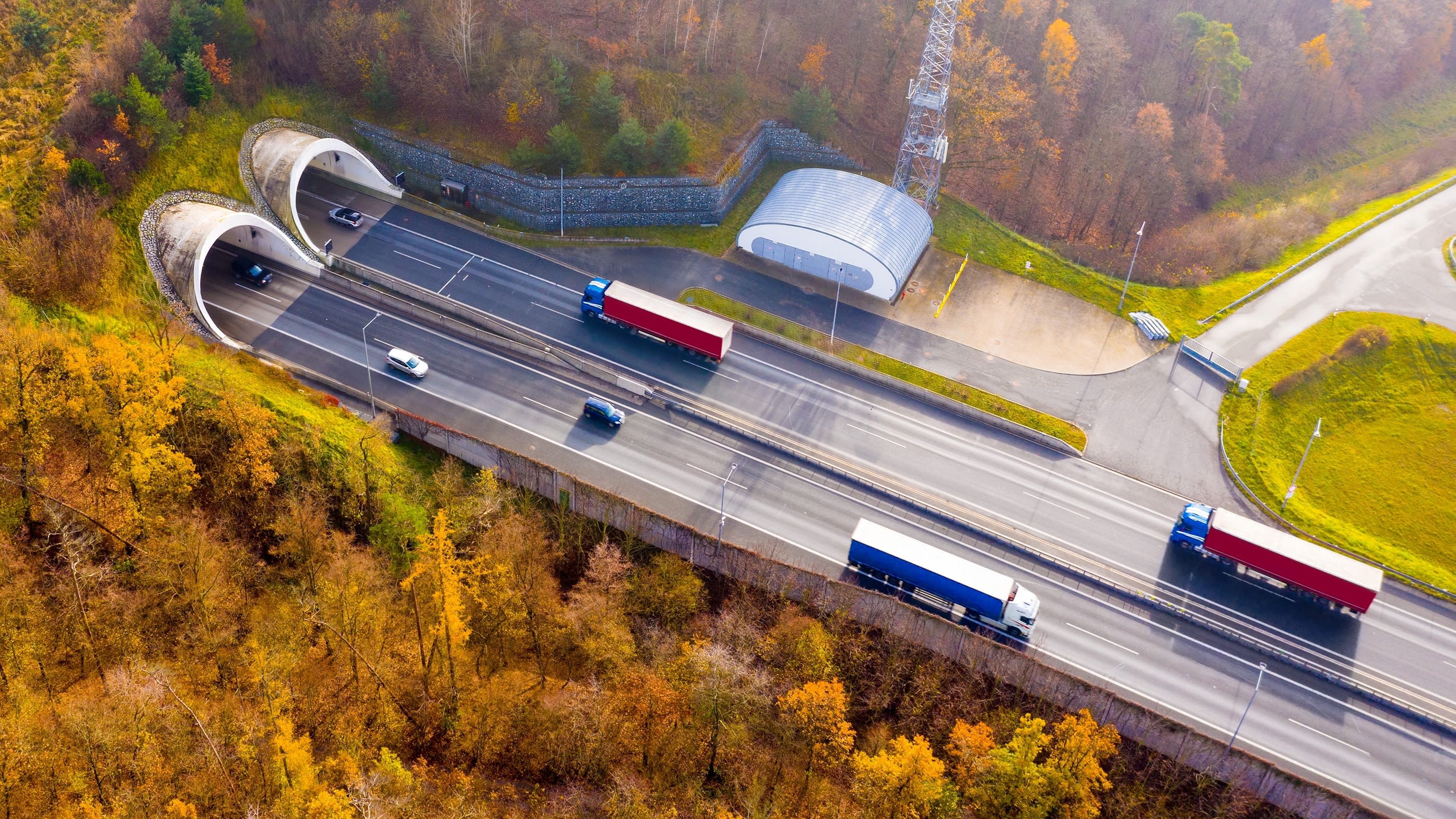Tunnel pollution cleaned up

Polluted air in a tunnel in Seoul, South Korea, has been cleaned by a new type of reactive concrete.
The photocatalytic concrete, which breaks down pollutants when exposed to light, was developed by researchers at the Korea Institute of Civil Engineering and Building Technology (KICT) in Goyang. The material was used in the walls of a road tunnel in Seoul, reducing levels of nitrogen oxides (NOx) by 18%.
Air quality in tunnels tends to be worse than in other road environments owing to poor air circulation. The most effective way to improve internal air quality is to remove fine particulate matter precursors generated by vehicle exhaust gases.
Photocatalysts react with light to produce reactive oxygen species (ROS) with strong oxidising power, which convert the precursors of fine particulate matter (nitrogen oxide, sulphur oxide and others) into harmless substances through a photocatalytic reaction.
Despite the excellent performance of photocatalysts in removing toxic substances from the air, they have yet to be used in construction materials owing to high manufacturing costs.

The Green Construction by Photocatalyst Research Group at KICT has been developing key technologies for cost-effective mass-production of photocatalysts from wastewater sludge since 2018, with the support of the Korean Ministry of Land, Infrastructure and Transport. The group succeeded in developing a photocatalytic construction material “that achieved both technical performance and economic competitiveness,” according to a KICT announcement.
In May, the researchers completed a trial application of photocatalytic concrete on the inner walls of the Banpo underground road tunnel in Seoul. A light was installed on the wall of the tunnel, allowing the photocatalytic function to work despite the lack of sunlight.
The trial found that the material reduced NOx in the air by 18% over 24 hours. It also reportedly demonstrated that the products of the degradation were converted into salts owing to the calcium content in the concrete, allowing them to be washed away by the rain. “This allows the photocatalytic function to last permanently without the need for maintenance,” said the announcement.
The team now hopes to commercialise the technology. "Construction technology using photocatalysts can have an immediate effect on reducing fine particulate matter in the nation’s living environment,” said lead researcher Dr Jong-Won Kwark. “We plan to build a ‘system of cooperation’ with local governments and public corporations to expand trial demonstrations to other sites.”
